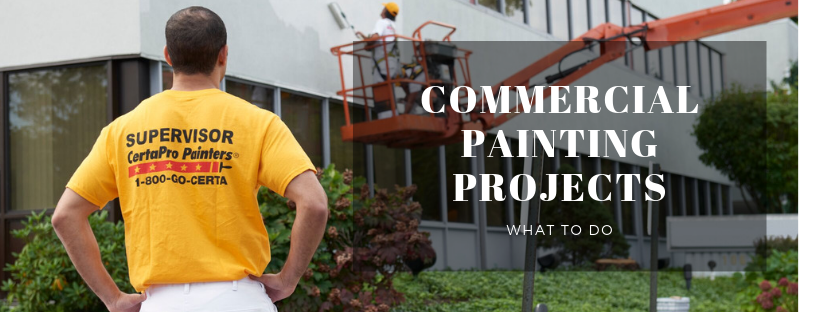
Commercial Painting Tips to Stay on Target
Posted on August 30, 2019
It’s time to paint your commercial space and you’ve done your due diligence in hiring a recommended and reputable contractor. Once the colour is picked and the dotted line signed, you’re done here, right? Wrong.
Your project relies as much on you as the contractor. Timelines, scheduling, budget and scope of work are all set by you as the space owner. Getting involved and helping to answer questions and assist the process along the way will help for a great outcome.
While working with your contractor, here are 3 commercial painting tips to stay on target with your painting project.
Make a Plan
Keeping a business open while undergoing a commercial painting project can prove challenging. Your contractor should be able to provide you a detailed plan for how the work can be done with the least impact to your working hours. Many will offer overnight or weekend hours to keep working hours available for work.
Backup plans should be made for inclement weather or other potential issues that could arise throughout the project. Humidity, rain, and cold can all affect the timeline of your work, whether it’s indoors or out.
Materials
It’s best to allow the contractor to take the lead on material selection, but that doesn’t mean that you should be completely uninvolved. Use their expertise, weighed with your intended outcome and budget. Some materials may be more expensive but could cut down time on the job. Also, longevity of the paint could make a big difference in your choices.
Some products will be faster drying, with low or no VOC smells, making for more painting time without interrupting the work in your space. They will cost more up front, but reduce work time in the end.
Walk Through
You should join your contractor for the final walk through of the project. Make sure you see it once it is fully completed and the entirety of the work can be observed. For the most part, contractors will present you with a close out package at the end of your project. Normally it will contain before and after pictures, maintenance suggestions and other information about colours and such.





